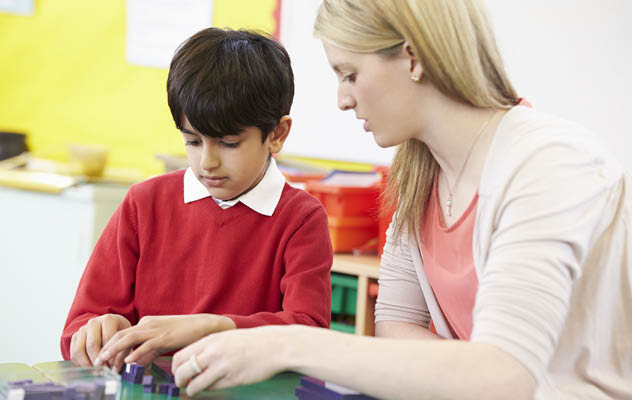
From a very young age, children like to sort things. They will pile things of a particular colour or shape together and ask the names of everything they see to classify them.
There are those children who will only use the red bricks to build their towers and a common activity in Early Years Foundation Stage (EYFS) classrooms is to sort the things that float from those that sink. But why do we sort and classify things?
Classification helps us to make sense of the world around us, whether it is classifying objects or living things. There are many reasons why we classify plants and animals. These include: knowing if a plant/animal is a danger to us or identifying a decline/increase in number as this may have an effect on the environment or indicate how polluted an ecosystem may or may not be.
If you are planning on teaching identification and classification there are lots of resources out there to support learning about this area of the curriculum. Here are some ideas to inspire learning this summer term:
Group familiar objects
Classification makes identification easier and is based on grouping things by looking at similar observable characteristics. It’s a good idea to start with sorting and grouping things that children are familiar with such as toys, objects or even children themselves! This activity provides a wealth of ideas for teaching classification. Try sorting Liquorice allsorts and creating a simple key to identify them. It is a fun activity and Liquorice allsorts are great to use as they have differences and similarities that are easy to see and describe.
Become bee detectives
Inspire children by finding out about the work of a real life bee detective, who use observation skills and classification keys to identify pests, which prey on bees. This resource can be used in the context of classification or could also be used as part of a project on bees. Find out about declining bee populations and the reasons for this, why bees are important to us and how classification can help us to stop bees from becoming endangered.
Close observation and classification
This resource supports learning about how living things can be classified into groups scientifically. Activities are based around tasks carried out in the ‘real world’ by scientists and include a classification game, finding out about the importance of close observation and classification in the work of a scientist who identifies pests in food products and creating a set of mini-beast Top Trumps cards.
Identifying plants
Browse the photographs on a website like Ispot to support identification of plants and animals. Filter for certain places so you can find out what is local or for a particular species, or even try a quiz.
Changing populations
If you want to be part of a current research project Zooniverse asks for people to identify species from the Serengeti by looking at their observable features. It is a great way of showing how classification is used by scientists today, when researching how populations change in certain areas of the world. As well as using the species to create their own classification keys children also get to chance to be part of a current research project.
Play a game of Guess Zoo
This presentation featuring photographs of many vertebrate species looks at the Linnaean classification system. It includes a game 'Guess Zoo' which helps children think about the characteristics of animals and how they are classified. Children could use cards of different animal species and try grouping them in different ways so they develop a sense that vertebrates are classified into groups according to similar characteristics. This would be a good way of leading children into creating their own classification keys using a set number of animals.
What bugs are living near you?
The differences between some animals may be quite subtle and a lot of them will not have been seen by children. This resource supports this by colour coding the identification sheets depending on the number of legs of the invertebrate. The guides usefully includes larvae so children can identify these as well as children may be unsure where to place insect larvae as they may look very different to the adult.
Learn all about famous scientists
These resources provide information about famous scientists including Karl Linnaeus, who spent years drawing, naming and classifying the natural world. Allowing children time to observe and describe things closely to help them classify is a great step to developing their enquiry skills. Explaining how things are different as well as the same is a key skill when classifying. Explaining why things are similar can be much trickier, for example how is an ostrich like an eagle? This short clip helps explain this.
